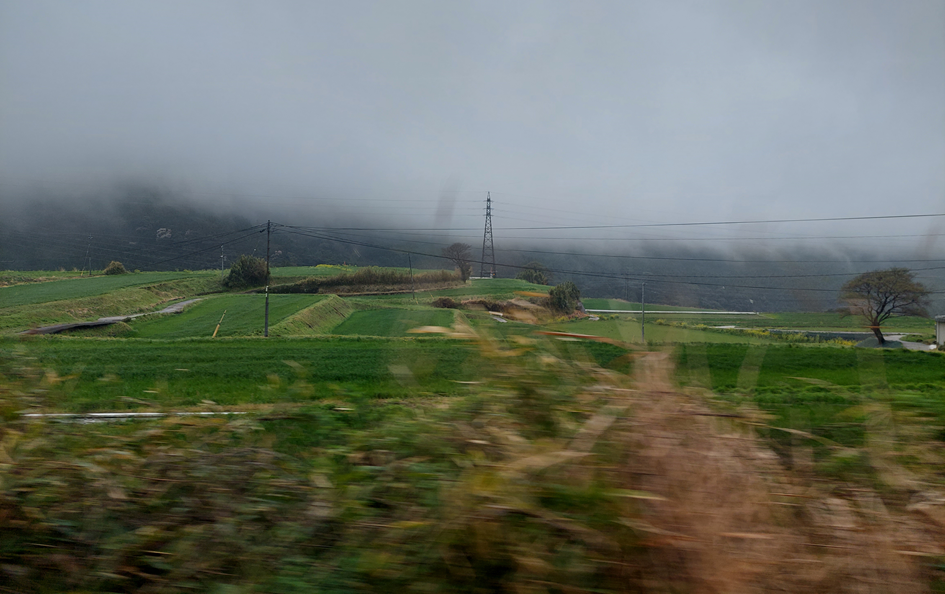by Cornelia Reiher
Funding for our project ended in October 2024. Please find below a summary of the project report submitted to the German Research Foundation (DFG) and a link to the report itself. I would like to thank everyone who was involved and supported our project.

Copyright © Cornelia Reiher 2023
Summary of DFG-funded research project “Urban-rural migration and rural revitalization in Japan”
To counter population decline and labor shortages in rural Japan, central and local governments have launched programs aimed at revitalizing rural areas by attracting new residents to live and work in the countryside. Although the COVID-19 pandemic has changed the perception of rural life and led to an increase in urban-rural migration, the total number of migrants remains small and is unevenly distributed across Japan. Peripheral areas receive fewer newcomers than regions close to cities. This research project compared urban-rural migration in four municipalities in Kyūshū, Japan’s southernmost main island, to find out how urban-rural migration affects rural revitalization. Although all municipalities offer a wide range of quite similar financial incentives and other support programs aimed at encouraging migration, in none of them were numbers of in-migrants high enough to reverse the overall demographic decline. By combining ethnographic research with policy analysis, the research team found that the way central and local governments conceptualize urban-rural migration influences migrants’ self-perceptions and determines their eligibility for support. These classifications are often based on simplistic criteria, such as a migrant’s place of origin, and overlook the complexity of individual migration experiences. We challenge these traditional categories that classify migrants simply according to their place of origin or view migration as settlement by suggesting a more nuanced understanding of urban-rural migration that includes a broader concept of migration embracing more flexible and temporary mobilities. This perspective acknowledges the fluidity of contemporary migration patterns as in each of the four communities, both short-term and long-term urban-rural migrants have made significant contributions. They have started their own businesses, enhancing the appeal of their new hometowns for both locals and tourists, while also generating employment. Beyond their economic impact, these migrants are influencing local culture by introducing new and often mobile lifestyles and new notions of community. Although these changes may be small in quantitative terms, they are notable in terms of the qualitative transformation they bring to rural areas.
